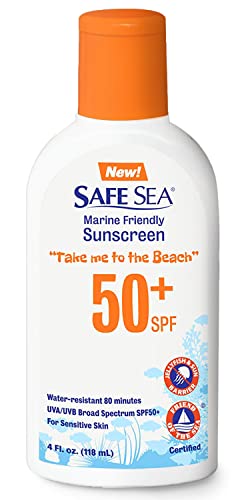Jan,
Don has given you some good advice, (me too, cause I didnt know that about the peri pumps being a better "draw" as opposed to "feeding" the reactor).
However, it occurs to me that if you understood Calcium Reactors, you might be able diagnose problems better and understand what Don is saying a little easier...
If I'm wrong, I apologize....
Basically, a calcium reactor is just a tube with water, co2, and some sort of calcium media. Co2 lowers the pH of the water in the tube to the point that it dissolves the media which releases the calcium bound in the media. One of the benefits of doing this that it makes your tank more stable by boosting your Alk levels, which in turn makes your tank's pH more stable as well.
The two things that dictate what your reactor is doing are:
1....effluent rate, (how fast the water in your reactor is moving through it)
2....Co2 rate, (bubble count)
A larger effluent rate, (faster turnover rate through the reactor) means a lower Alk level in your effluent, (think about it...less contact time in the reactor itself means less time to pick up Alk ions and Calcium ions).
A faster bubble count, (more Co2 injected into the reactor), means a lower pH level in the reactor so your media is going to dissolve faster, your effluent is going to have a higher level of Ca ions and Alk ions.
The trick is to balance the two (effluent and bubble count) so that they give you the optimum levels...
Too fast an effluent rate and your not going to get much benefit from the reactor because the the pH level wont drop down enough to dissolve the media. Too slow an effluent rate, your pH will drop so low that the media turns to mush and clogs up the reactor so that no water can pass through it.
The same things happen w/ too many/not enough CO2 bubbles....
So the effluent rate and the bubble count really work together. Hope that makes sense. If you knew all of that already, and I just wasted your time, I apologize...it wasnt meant to be insulting, I've just found that I can follow along better if I understand what the equipment really does.
I currently have Geo 612 calcium reactor, fed by a Maxijet 900. It was designed to work w/ a Maxijet 1200, but my MJ1200 began shorting out...so it got replaced by the 900. I had a crappy unknown make CO2 gauge, needle valve, and solenoid that came w/ a used Calcium reactor I bought from another hobbyist as a total package....it worked well enough, even though the solenoid had a 12 inch long power cord, the gauges were broken...needles moved when there was Co2 pressure....but never moved past the midway point even with newly filled Co2 tank. The needle valve finally quit maintaining a steady bubble count, so I bought a
RF Deluxe CO2 Regulator with Solenoid.
Its a great package and something I should have bought earlier....
Nick


















































